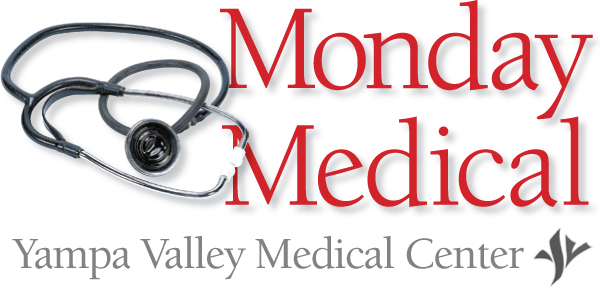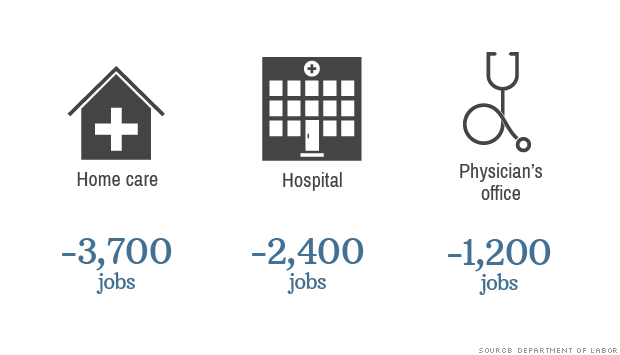| The High Cost Of Health Care In Retirement Posted: 12 Jan 2014 07:33 PM PST  A recent report from the Employee Benefit Research Institute in Washington calculates how much individuals and couples will need to budget for health care in retirement based on three levels of possible drug expenditures: at the national median, the 75th percentile, and the 90th percentile. A couple retiring in 2013 with median drug expenses would need $151,000 for a 50% chance of having enough money to cover health costs in later life (assuming they have Medicare Part B and Part D coverage as well as Medigap insurance). But the same couple at the 90th percentile of drug spending would need $220,000an additional $69,000. (Some good news: Those figures are down from 2012, given that projections of spending growth for Medicare beneficiaries are slowing.) Enlarge Image There are, of course, several ways to help limit spending on prescription drugs and save more for health-care expenses: stay on top of changes in Medicare Part D plans (for prescription drugs), open a health savings account, take advantage of wellness programs in the office or your community, and, perhaps most important, enter retirement in good health. To learn more go to ebri.org and, under “Publications,” click on “Notes” and see October 2013: “Amount of Savings Needed for Health Expenses.” HEALTH-CARE OVERHAUL If our mail is any indication, readerswhatever their views of the Affordable Care Acthave innumerable questions about the program and how it works. Among the best sources of information: the Kaiser Family Foundation, a Menlo Park, Calif., nonprofit that specializes in health-policy analysis. The organization’s website offers, among other features, detailed opinion polls (the December survey found that 34% of Americans have a favorable view of the ACA, 48% an unfavorable view); an animated video that explains how individuals can obtain health coverage for 2014; a subsidy calculator (plug in your income, family size, age and tobacco usage) that estimates how the ACA might affect you financially; a list of more than 200 common questions about the program, divided into 16 categories; an infographic with three scenarios that illustrate the cost of health insurance under the act for families in different circumstances, before and after premium subsidies; a flowchart that helps explain what types of health coverage people qualify for in 2014; and a quiz that will test your knowledge of the health law.
http://online.wsj.com/news/articles/SB10001424052702303453004579290603381892762 |






















